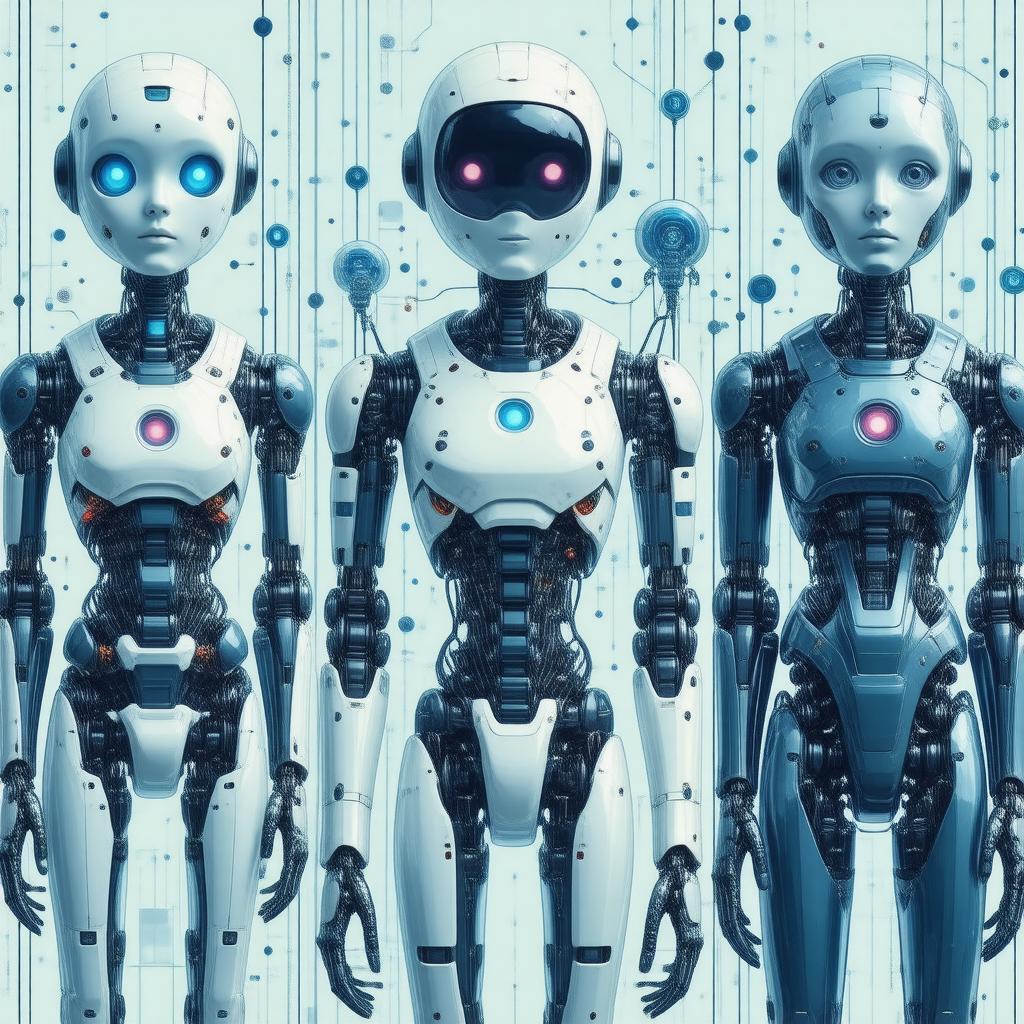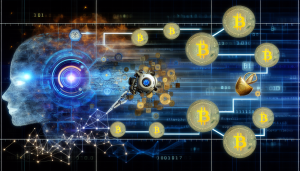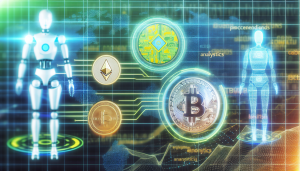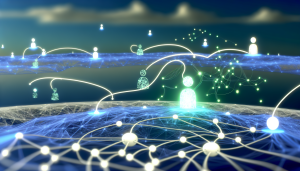Artificial Intelligence (AI) agents are software programs or systems designed to perceive their environment and take actions to achieve specific goals. Think of them as digital assistants that can make decisions and perform tasks based on the information they receive, much like how humans process information and respond to situations.
Understanding AI Agents
What Makes an AI Agent?
An AI agent consists of three fundamental components:
• Sensors – to gather information from the environment
• Processing unit – to analyze information and make decisions
• Actuators – to execute actions based on decisions
These components work together to create different types of AI agents, each with unique capabilities and applications.
Simple Reflex Agents
The most basic form of AI agents, simple reflex agents operate on a condition-action rule. They respond directly to current perceptions without considering past experiences or potential future outcomes. Like a basic thermostat that turns on heating when it’s cold and cooling when it’s hot, these agents follow straightforward if-then rules.
Real-world applications:
• Automatic light switches
• Basic chatbots
• Simple game characters
Model-Based Reflex Agents
These agents maintain an internal model of their environment, allowing them to handle partially observable situations. They can track the world’s state even when they can’t directly observe it, making them more sophisticated than simple reflex agents.
Common uses include:
• Weather prediction systems
• GPS navigation systems
• Industrial control systems
Goal-Based Agents
Goal-based agents take decision-making a step further by considering future outcomes. They evaluate different possible actions and choose the one most likely to achieve their designated goal. These agents are particularly useful in complex environments where multiple steps are needed to reach an objective.
Applications:
• Robot vacuum cleaners
• Chess-playing programs
• Automated planning systems
Utility-Based Agents
These sophisticated agents not only work toward goals but also evaluate the quality of different outcomes. They use a utility function to measure how “good” a particular state is, allowing them to choose between multiple ways of achieving the same goal.
Examples in action:
• Smart home energy management systems
• Investment recommendation systems
• Autonomous vehicles
Learning Agents
The most advanced category, learning agents can improve their performance over time through experience. They modify their behavior based on feedback from previous actions, making them highly adaptable to new situations.
Real-world implementations:
• Virtual personal assistants (like Siri or Alexa)
• Recommendation systems on streaming platforms
• Machine learning-based fraud detection systems
Practical Considerations
When implementing AI agents, several factors determine which type is most appropriate:
• Environment complexity
• Required response time
• Available computational resources
• Need for adaptation and learning
Understanding these different types of AI agents is crucial for developers and businesses looking to implement AI solutions. Each type offers unique advantages and is suited for specific applications, from simple automated responses to complex decision-making systems that can learn and adapt over time.
As AI technology continues to evolve, we’re seeing increasingly sophisticated combinations of these agent types, leading to more capable and versatile AI systems. These advancements are pushing the boundaries of what’s possible in automation, decision-making, and problem-solving across numerous industries and applications.



